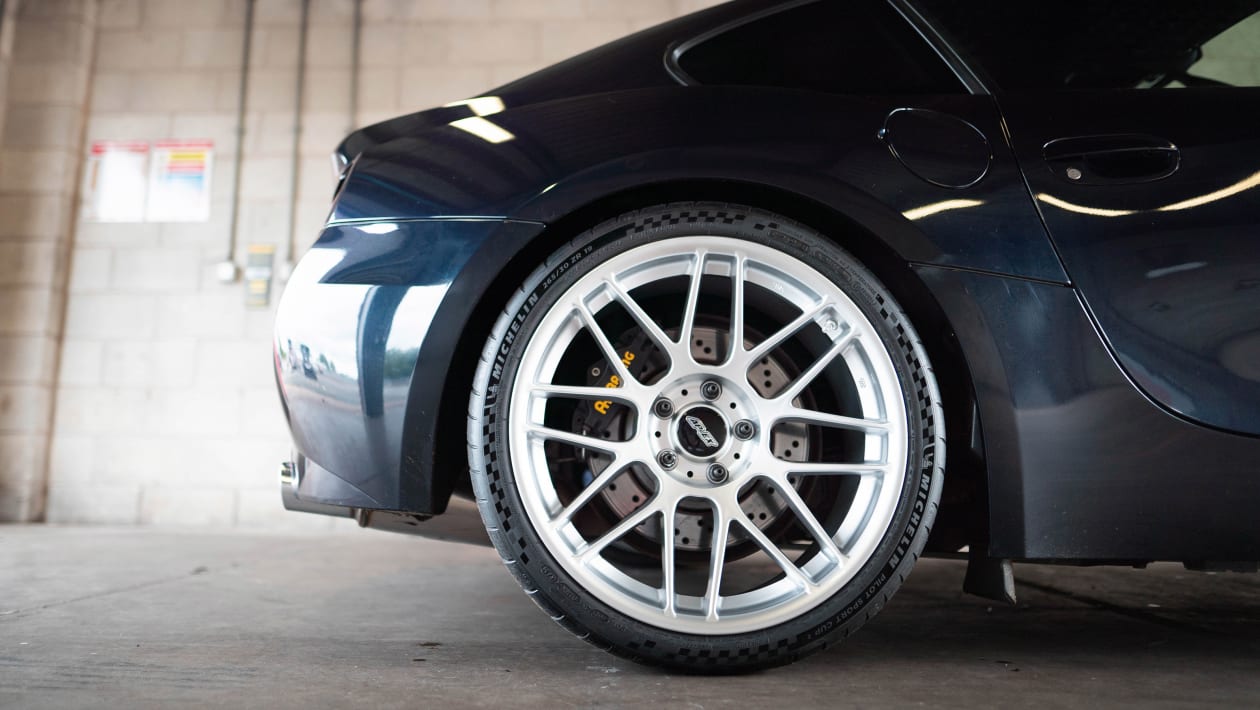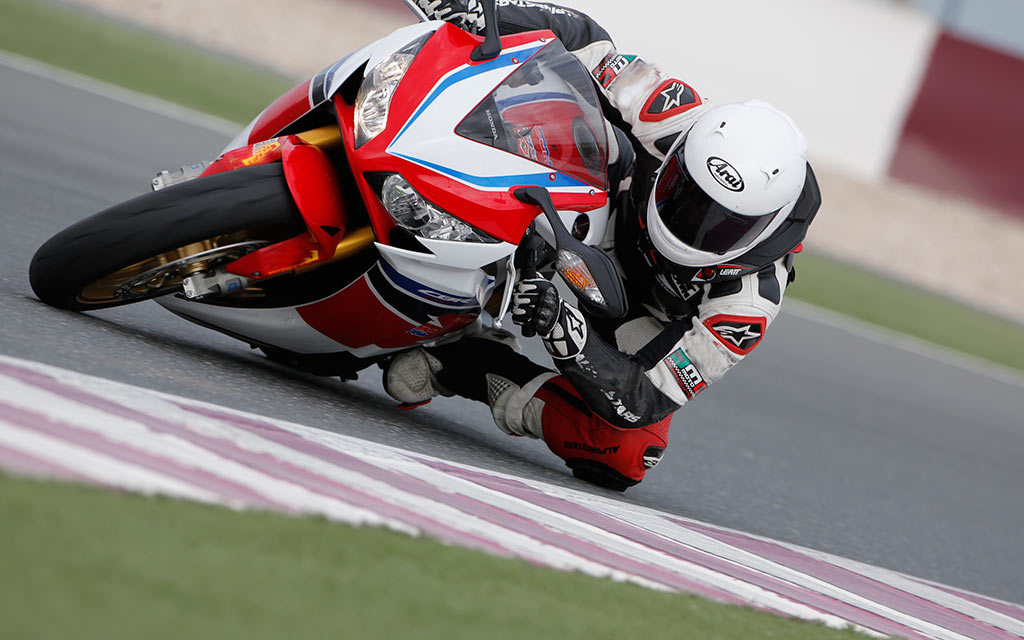All Categories
Featured
Table of Contents
The Michelin provided a comfy driving experience, qualified by responsive steering and a dynamic understeer balance. Regardless of the cooler testing conditions, Michelin's regular time and grasp over 3 laps shows its suitability for real-world applications. On the other hand, Yokohama's performance was distinct. While its super-quick steering led to a quick front axle turn, the back revealed a tendency to turn more.
One more noteworthy aspect was Yokohama's warm-up time. The tyre's initial lap was a 2nd slower than the second, indicating a temperature-related hold boost. This suggests the Yokohama might shine in completely dry, race-like problems. However, for daily use, the Michelin may be a safer wager. Next off in line was the Hankook.
Leading Car Tyres
It shared Michelin's secure understeer balance yet lacked the latter's readiness to transform. Continental and Goodyear's performances were remarkable, with Continental's new PremiumContact 7 revealing a considerable renovation in damp conditions contrasted to its predecessor, the PC6. This design was much less conscious fill changes and behaved similar to the Michelin, albeit with a little much less interaction at the restriction.
It combined the safe understeer equilibrium of the Michelin and Continental with some stylish handling, confirming both predictable and fast. As an all-rounder for this Golf GTI, Goodyear's Crooked array was the standout, showing impressive performance in the damp. Finally, the Bridgestone Potenza Sport took the crown as the fastest tire, albeit by a little margin.
Chauffeurs seeking an interesting wet drive could discover this tire worth thinking about. The standout performer in damp braking was the newest tyre on examination, the PremiumContact 7, though the outcomes are nuanced.
Leading Cheap Car Tyres Near Me
Ideally, we desired the chilly temperature test to be at around 5-7C, however logistical delays meant we evaluated with an average air temperature of 8C and water at 12C. While this was cooler than common examination problems, it was still warmer than real-world conditions. The cozy temperature examination was done at approximately 18C air and 19C water.
The third run involved damp stopping examinations on worn tires, especially those machined to 2mm with a small confrontation. While we meant to do even more with these worn tires, weather restraints restricted our testing. Nevertheless, it's worth noting that wet stopping is most critical at the used state, as tyres generally improve in dry conditions as they wear.

Nonetheless, it shared one of the most substantial efficiency drop, along with the Yokohama, when worn. Bridgestone, Goodyear, and Michelin saw the least performance reduction when used. Bridgestone and Goodyear's performance dipped in cooler problems. The Hankook tire signed up the smallest efficiency decrease as temperature levels cooled, yet it was amongst the most impacted when worn.
Car Tyres Near Me
The take-home message right here is that no single tyre excelled in all elements of damp stopping, indicating a complex interplay of elements influencing tyre performance under various problems. There was a standout tire in aquaplaning, the Continental ended up top in both straight and curved aquaplaning, with the Michelin and Goodyear additionally extremely excellent in much deeper water.

Yokohama can profit from a little even more grip, a problem possibly influenced by the colder conditions. When it comes to managing, all tires done within a 2% array on the lap, demonstrating their high-quality performance (Tyre tuning). Thinking about these tyres basically target the exact same consumer, it's interesting to observe the significant distinctions in feel.
The surprise is since the PremiumContact 6 was one of my favourites for sporty dry drives, yet its successor, the PremiumContact 7, seems elder and looks like Michelin's performance. Among these, Hankook was the least accurate in guiding and communication at the limitation. Cheap tyres. Both Michelin and Continental provided wonderful first guiding, albeit not the fastest
If I were to advise a tire for a rapid lap to a beginner, claim my father, it would certainly be just one of these. After that we have the 'fun' tyres, particularly Yokohama and Bridgestone. Both were quick to guide and felt sportier than the others, yet the compromise is a more spirited back end, making them extra difficult to manage.
Trusted Vehicle Alignment – Swan
It provided comparable guiding to Bridgestone but used far better responses at the limitation and better grip. The Bridgestone Potenza Sporting activity, nevertheless, appeared to degrade quite swiftly after just three laps on this requiring circuit. There's Goodyear, which positioned itself somewhere between the enjoyable tyres and those tending in the direction of understeer.
In conclusion, these tyres are excellent entertainers. For road usage, I would certainly lean towards either the Michelin or Goodyear, depending upon your certain preferences. In regards to tyre wear, the approach made use of in this test is what the industry describes as the 'gold criterion' of wear. The wear experts at Dekra performed this test, which involved a convoy of cars and trucks passing through a thoroughly intended course for 12,000 kilometres.
Both the Bridgestone and Yokohama tyres dramatically underperformed in comparison to the other four tires in terms of rolling resistance, with Continental slightly exceeding the rest. Pertaining to the convenience degree of the tyres, as prepared for, the majority of demonstrated an inverse connection with handling. The Continental, Michelin, and Goodyear tires carried out ideal throughout various surface kinds examined.

Bridgestone began to reveal indications of suppleness, while Yokohama was particularly disconcerting over holes. We did gauge internal sound levels; nonetheless, as is commonly the case, the outcomes were closely matched, and as a result of weather constraints, we were not able to carry out a subjective evaluation of the tires sound. We looked at abrasion numbers, which gauge the quantity of tyre step shed per kilometre, normalised to a one-tonne car.
Top Vehicle Alignment Near Me
This number stands for the quantity of rubber dust your tyres produce while driving. Michelin led in this classification, generating over 9% less rubber particle issue.
Latest Posts
Best Premium Tyre Selection Near Me
Best Tyre Maintenance Near Me – Embleton WA
Best Vehicle Alignment – Bassendean WA